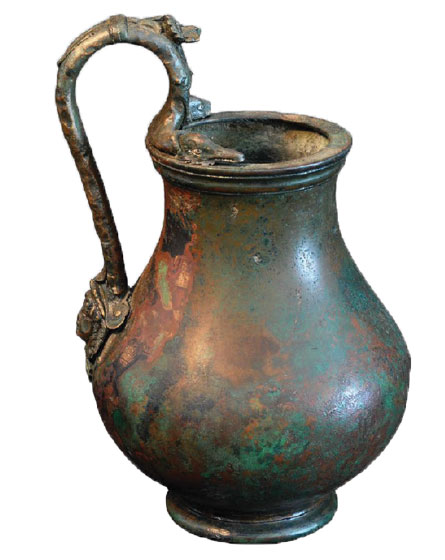See life in a cubic foot, visit Roman artifacts, and more to do

INSIDE THE BOX A new Smithsonian exhibit explores the diversity of life that passes through a given cubic foot of land or water in one day (coral reef in French Polynesia shown).
© David Littschwager








